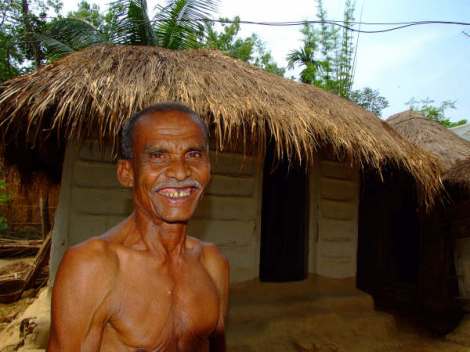 Photography: Salman Saeed
Photography: Salman Saeed
“We live in place worse than that of the officers’ pets (at the estates). Many of us have only a thin jute mattress to sleep on,” describes a tea worker about her living condition. Living conditions provided to tea workers are generally outrageous and clear infringement of the Bangladesh Constitution. One committment that the SAARC Social Charter sets for the South Asian States is to enable its citizens “satisfy basic human needs and to realise his or her personal dignity, safety and creativity.”
The Social Charter also touches upon the “access to basic education, adequate housing, safe drinking water and sanitation, and primary health care”, which should be guaranteed in legislation, executive and administrative provisions, in addition to ensuring “adequate standard of living, including adequate shelter, food and clothing”. Read the rest of this entry »
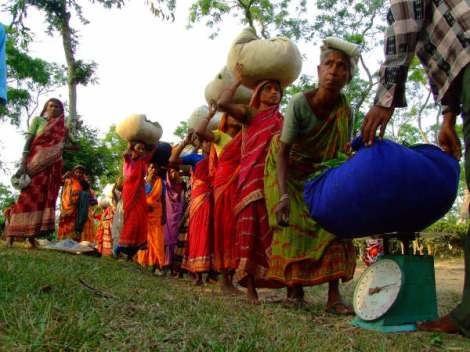 Photography: Salman Saeed
Photography: Salman Saeed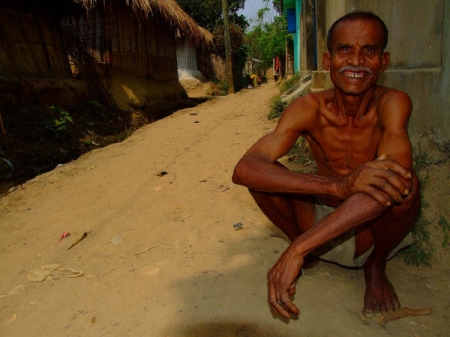 Photography: Salman Saeed.
Photography: Salman Saeed.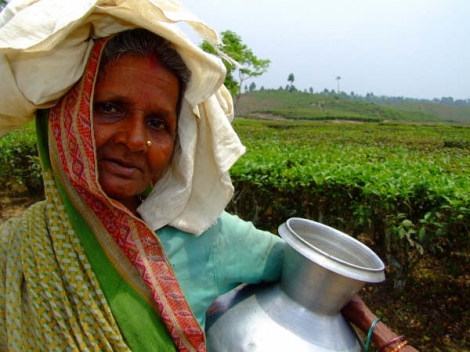 Photography: Salman Saeed.
Photography: Salman Saeed.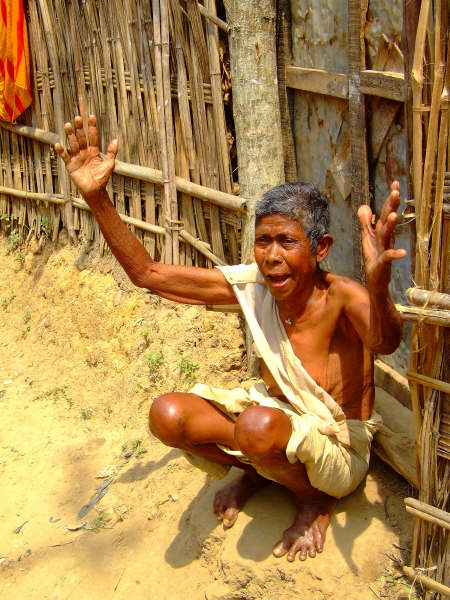 Photography: Salman Saeed
Photography: Salman Saeed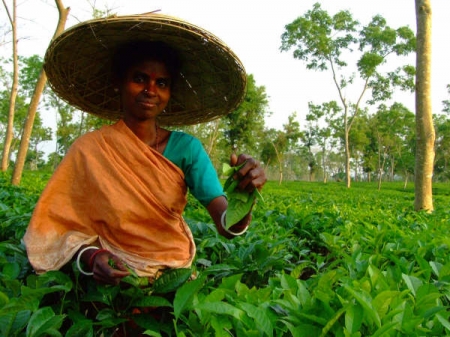 Photography: Salman Saeed
Photography: Salman Saeed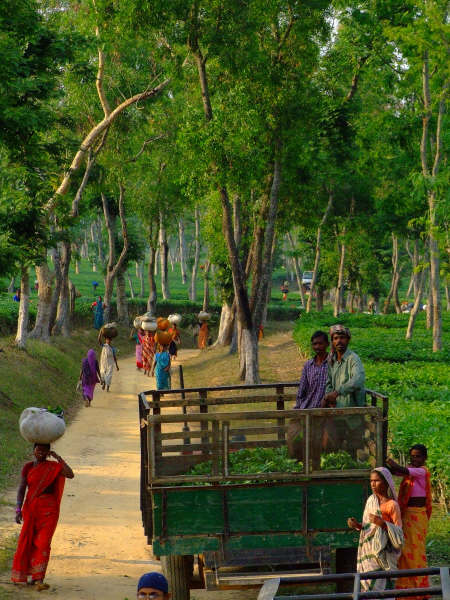 Photography: Salman Saeed
Photography: Salman Saeed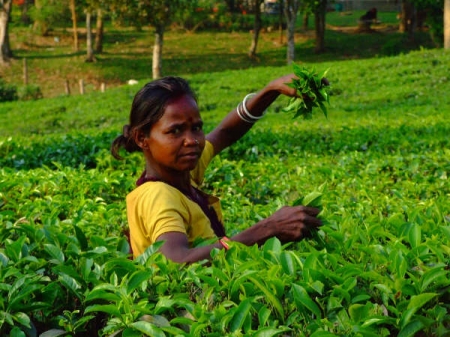 Photography: Salman Saeed
Photography: Salman Saeed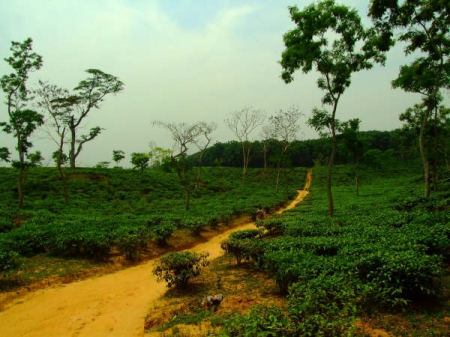 Photography: Salman Saeed
Photography: Salman Saeed